A Q&A with Kris Adams

Population health has become a popular catch phrase in healthcare, but what exactly is it and how can organizations adopt the model? CQD sat down with Kris Adams, MSN, CNP, Associate Chief Nursing Officer of Care Management and Ambulatory Services for Cleveland Clinic, to gain insight. Cleveland Clinic has embraced population health – and measured its results – since 2015.
Cleveland Clinic is a non-profit academic medical center. Advertising on our site helps support our mission. We do not endorse non-Cleveland Clinic products or services. Policy
When you really get down to it, population health is a payment structure with the intention of reducing healthcare costs. It’s driven by the payers – CMS, Medicare, Medicaid and commercial payers. As much as it is a wellness and prevention model of care, it’s primarily about how we are being incentivized and paid to take care of patients. You can’t just promote health and wellness. You have to measure it and prove you are doing it better. The whole idea behind population health is to prevent disease or illness to begin with, which moves us away from that transactional relationship with healthcare, because the cost of illness is so high.
That’s the hard part! It gets down to redesigning the work of frontline caregivers, whether they are providers, physicians, nurse practitioners or nurses. It’s shifting them from filling up their schedules with cough, cold, flu and chronic disease appointments to more annual physicals, wellness exams and screenings like mammograms and colonoscopies. It’s about moving people into the outpatient and primary care space. An admission into the hospital with an episode of some kind is just the beginning of getting a patient linked into primary care and preventing that disease from getting worse or preventing any other disease or complication.
The real work is shifting patients to the outpatient space and utilizing nurses to the top of their license. This means they are doing what they were trained to do, not just answering phones and room patients. They need to teach patients about their health and well-being and empower them to take ownership of their health. Nurses need to help patients close very specific care gaps, such as ensuring that patients with atrial fibrillation are being anticoagulated to prevent a stroke. For hypertension, it’s getting the blood pressure under 130/80 to prevent kidney damage, stroke and cardiovascular disease. Nurses need to look at every single patient and what they need to be doing for their particular illnesses.
The other big transformation that needs to occur is the shift to home care. People think it’s a good thing after a hospitalization to send mom or dad to a skilled nursing facility for a couple of weeks when in actuality it’s very expensive, the patient’s functional status often gets worse and they are at a much higher risk for falls and infection. Getting patients home and padding them up with home care services is key.
Cleveland Clinic teams with several community organizations. We’ve partnered with United Way at one of our Cleveland hospitals to help patients who may be struggling to stay in their homes because they are having trouble affording utilities or food. We’re also partnering with the Office of Health and Human Services, part of a local governmental agency’s Office of Homeless Services, to help make sure there is stable housing for patients who are discharged.
I really think the next big frontier is looking at the social determinants of health – looking at food and housing as medicine. About 80% of a patient’s overall health has to do with their environment. If we can help people improve food access and housing stability, we may be able to reduce emergency department (ED) visits so patients can focus on getting better while having a safe place with good food to recuperate.
When population health initiatives started, the tricky part was finding a measure of success for something that doesn’t happen. For example, how do you know that what you are doing is decreasing ED utilization or decreasing hospitalization? Cleveland Clinic has been leveraging data analytics for several years. We look at patients who, for various reasons, did not take advantage of our population health and care coordination and follow them over time. We are also following the group of patients that are receiving our services. We are seeing huge declines in utilization around EDs, inpatient admissions, observation status admissions and skilled nursing facility admissions in the latter group.
We’re also measuring patient outcomes, looking at all those care gap measures we talked about earlier: What is their overall blood pressure? What is their overall A1C? What’s our blindness rate and amputation rate for patients with diabetes? The patients that receive care coordination and are tightly managed have better quality-of-life outcomes than those who are not followed by our care coordination services.
If we do this well, we will have a much healthier population, which equates to a better quality of life, along with lower cost of care, which means our tax dollars can be spent in other places.

A Q&A with organizational development researcher Gina Thoebes

Cleveland Clinic transformation leader led development of benchmarking tool with NAHQ
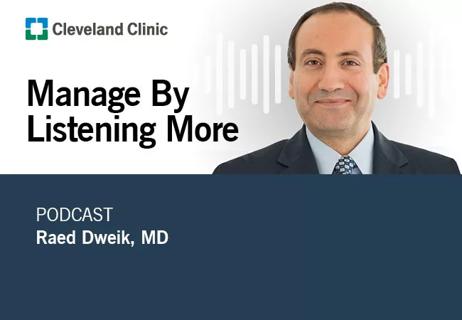
Raed Dweik, MD, on change management and the importance of communication

Small business owners expand their networks and gain new insights
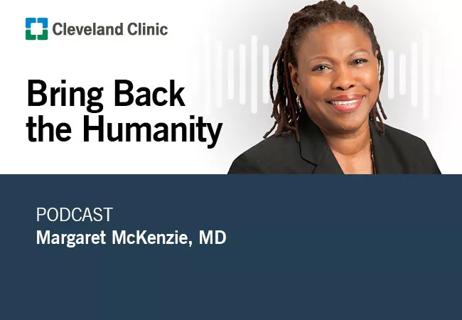
Leadership pearls from Margaret McKenzie, MD, hospital vice president
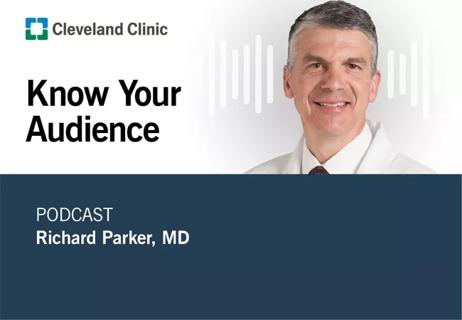
Successful communication means meeting listeners where they are
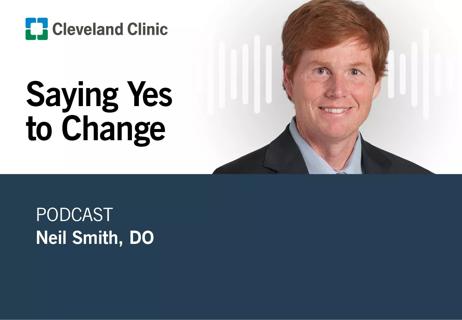
Hospital president followed his instincts to new opportunities
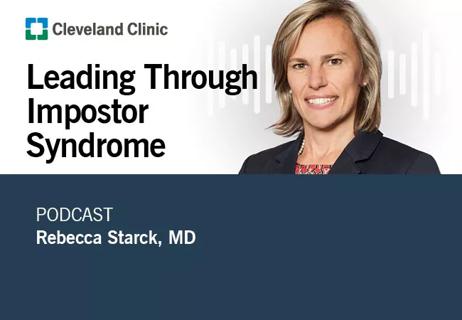
A team of supporters can help build confidence